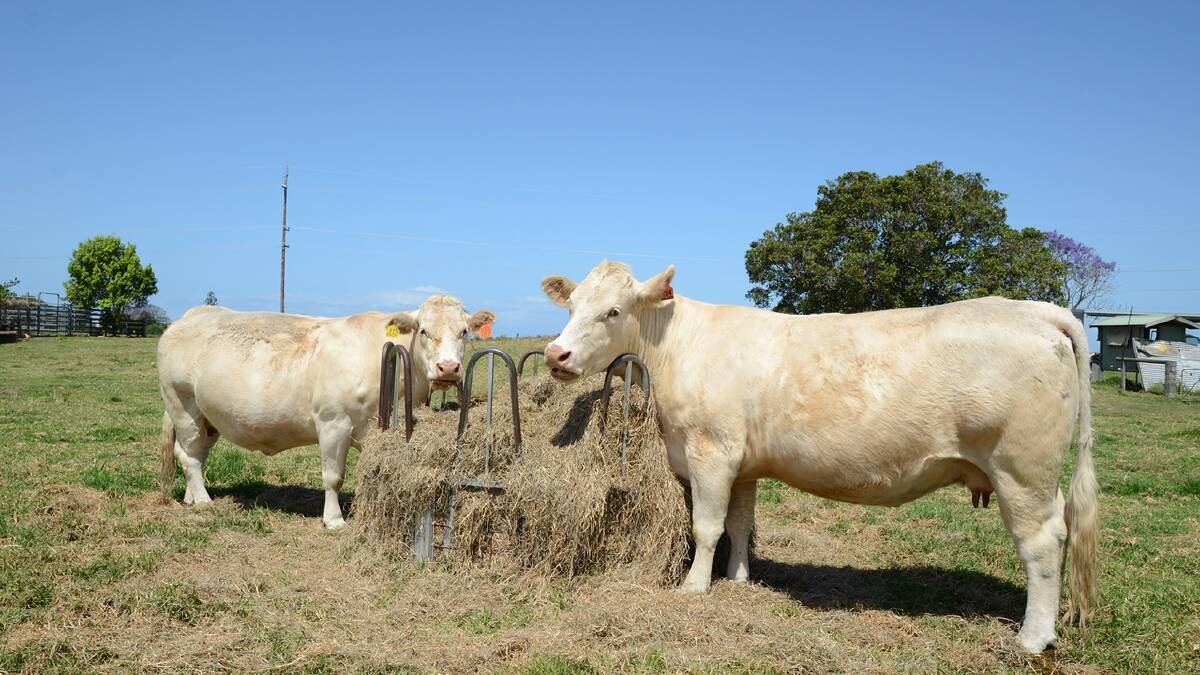
Across the region many beef producers will have already secured supplies of supplementary feeds for the remainder of winter and spring as per usual management.
Subscribe now for unlimited access.
$0/
(min cost $0)
or signup to continue reading
However, as conditions continue to remain dryer than normal, and with August and September still ahead, it is likely that there will be even more demand being placed on the available supplementary feed options that remain.
“We are urging beef producers to take the time and assess their available feed, stock condition and - if you are likely to require a supplementary feed source in the coming months - to make a few calls to your supplier now, to determine availability and price,” Senior Land Services Officer with North Coast Local Land Services Nathan Jennings said.
“Drought conditions across most of NSW have placed an unprecedented demand on many of the common supplementary feeds we rely upon in our region and the North Coast has also been supplying significant volumes of hay to western areas as well.
“While our region isn’t experiencing conditions anywhere near as bad as the western areas, should it remain dry through the coming months there will be some producers that will find they will be seeking supplementary feed,” Mr Jennings said.
For those producers that may not have been following the stock feed market very closely as yet North Coast Local Land Services has compiled a list of what is commonly used to supplement cattle through the next few months in our region, with a current trading price range and most importantly for some, availability.
The list, which is available from the LLS website, is intended as a guide, so producers should contact their preferred feed supplier to determine actual price and availability relative to individual circumstances.
Livestock producers are also being encouraged to consider what equipment they have on farm, as usual supplementary feed options may not be available or could be too expensive this year.
While it may seem simple to swap to another supplement, consider:
• Can I handle it,
• How much time or labour is required,
• What other equipment will I need to feed it,
• How much wastage could I get if I’m not setup correctly?
Another important consideration is the movement of fodder and a producer’s general biosecurity duty. Fodder is an ideal medium for wide dispersal of weed seed to new locations across the state. More information on this important issue is contained in a NSW Department of Primary Industries factsheet available on the NSW DPI website: https://www.dpi.nsw.gov.au/__data/assets/pdf_file/0010/723178/fodder-and-the-generalbiosecurity-duty.pdf
“Livestock producers should have a plan in place already which we encourage them to stick to, seek advice, keep an eye on their feed and their stock and especially the stock feed market in the coming months,” Mr Jennings concluded.

